In the fast-paced world of technology, the efficiency of our digital tools becomes a
crucial factor. For loyal MacBook users, optimal performance of their device is not just
a preference, but a necessity. In this article, we will delve into the intricate details of
how to evaluate and improve the performance of your MacBook, focusing on two
fundamental elements: RAM and hard drive.
More RAM or a New Hard Drive?
The recurring question of whether more RAM or a hard drive change is necessary can
have complex answers. Here’s a step-by-step guide to help you navigate these digital
waters.
Do you need more RAM?
Monitor memory usage:
Opening the “Activity Monitor” app reveals a window into your memory health. Look
at the “Memory Usage” graph; If it stays close to the limit, or if the system becomes
sluggish with multiple apps open, it’s time to consider more RAM.
Review performance during intensive tasks:
Put your MacBook to the test with demanding tasks, such as video or image editing. If
the system shows signs of slowness or lags, it could be indicative of a lack of RAM.
Check the specifications of your MacBook:
Don’t forget to check the factory specifications of your MacBook. If you already have
the maximum amount of RAM installed, the solution could lie in changing the hard
drive.
Do you need to change the hard drive?
Hear abnormal noises:
The hard drive is often the source of unusual noises, such as clicking, humming, or
crackling. If your MacBook makes such sounds, it could be a sign of a hardware
problem with the hard drive.
Check disk health:
Use “Disk Utility” for a thorough check. Problems such as bad sectors may require a
hard drive replacement.

Slow performance or long loading times:
Slowness in loading applications or executing tasks may indicate a problem with the
hard drive. Consider a change if these symptoms persist.
Consider the available storage space:
Lack of space can affect overall performance. A hard drive with higher capacity or a
change to an SSD may be the solution.
Optimizing RAM Memory on your MacBook
RAM congestion is one of the main causes of slowdowns on your Mac. Here are
practical tips to optimize this valuable memory:
Restart your Mac:
Sometimes the simplest solution is the most effective. Restarting your MacBook clears
the RAM and cache, offering a restart from scratch.
Update macOS:
Operating system updates often address common problems. Make sure you have the
latest version to get performance improvements.
Check Activity Monitor:
This essential tool allows you to identify and close applications that consume too much
RAM.
Close suspicious applications:
Examine your Dock and disable programs that run when you log in. This can help
reduce unnecessary resource consumption.
Check CPU performance:
Not all applications that affect performance consume RAM. Check the Activity Monitor
under the ‘CPU’ tab to identify possible culprits.
Maximizing your Mac’s RAM
If problems persist, consider maximizing the remaining memory with these additional
tips:
Clean your Desktop:
Organize or place files in folders to reduce the load on memory.
Set up your Finder:
Change the default Finder folder to avoid unnecessary storage in RAM.

Close browser tabs and remove extensions:
Unnecessary tabs and extensions can drain RAM. Close what you don’t need and
remove extensions that consume resources.
Close or merge Finder windows:
Each Finder window uses RAM. Close or melt them to reduce the load.
Make sure you have free space on your hard drive:
The hard drive can act as virtual memory. Keep at least 20% free space.
Check your printer:
Documents in the print queue can take up space in RAM. Check and free up space if
necessary.
Use commands in Terminal (with caution):
Advanced users can use commands like ‘sudo purge’ in Terminal to clean up idle
memory.
Clear cache (with caution):
The ‘Caches’ folder in Finder stores temporary data. Clean it carefully to free up space.
Use specific applications:
Third-party tools like Parallels Toolbox, CleanMyMac, and Memory Clean 2 can help
manage RAM effectively.
Renewed Performance
Understanding and addressing RAM and hard drive issues is essential to maintaining
optimal performance on your MacBook. The detailed steps and practical tips offered
here give you the tools necessary to diagnose and improve the health of your Apple
device. Remember to back up your data before making changes to the hardware and,
if you have any questions, seek professional advice or Apple technical support. Your
MacBook deserves to perform at its peak, and with this knowledge, you’ll be ready to
optimize its performance to extraordinary levels.

